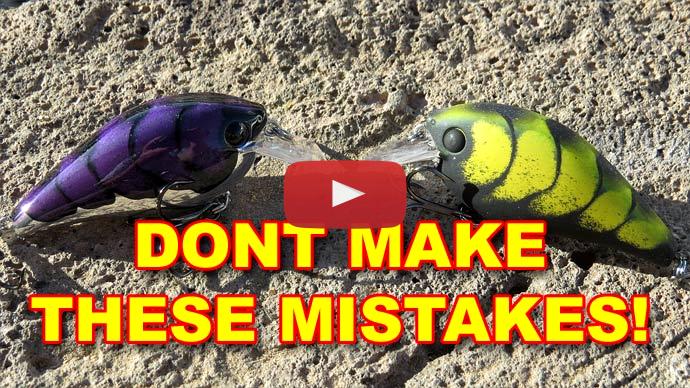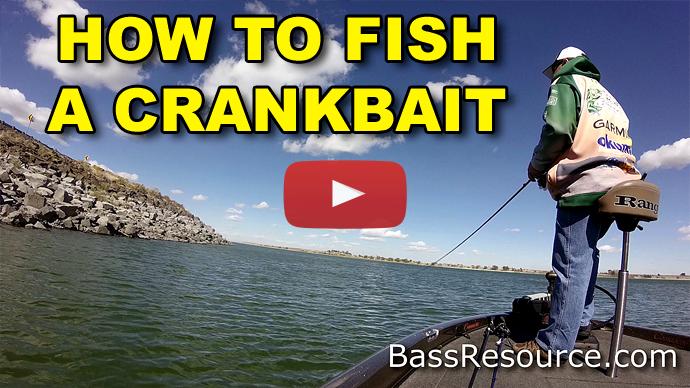Keri: Hey, look at that. It's a nice fish. I’ll get the net.
Glenn: Yeah. Here we go. That's a really good fish.
Keri: Yeah, it is. Of course, the net is not in the right place.
Glenn: He’s barely hanging on, too.
Keri: Yeah. Anywhere where I can grab.
Glenn: I need a net now. There we go.
Keri: Nice fish.
Glenn: That'll do. There we go.
Keri: A little football.
Okay. It's time for another question. Are there certain times or conditions that make some riprap areas more productive? And where should I focus my efforts on for a long stretch of riprap, where should I begin fishing? Well, riprap is one of my favorite forms of cover to fish, but if I were to pick a time, the best times to fish it, I would look at it from early to mid-spring and then again from about the middle of fall to end of fall. The reason for that is really what's available cover during that time and where the fish are in terms of depth.
In the spring, the fish are moving up shallow, but there's not a whole lot of vegetation yet. It just really hasn't started to grow. However, on the riprap, algae starts to grow on the rocks and that attracts minnows and baitfish to feed on that algae and zooplankton. And wherever the baitfish are, well, that's where the bass are gonna be. As spring progresses, more cover becomes abundant and the fish are gonna go for those more productive areas, then the baitfish are gonna hide in there because they're not as exposed. So, the riprap isn't as productive. I find in the summer months, as much as I fish the riprap under normal conditions, average conditions I don't catch as much.
But then the fall arrives and guess what? The vegetation starts to die down. The fish are back up shallow again hunting for food. It's the same thing. You've got algae on the rocks, the baitfish come there and that attracts the bass. So, they're really, really good in the early spring and in the late fall.
Now, that said, things can change a little bit. If you've got wind that's blowing up against the riprap and that breaks up the light penetration and oxygenates the water, it brings in...it pushes some of the zooplankton up against the rocks. That's gonna bring the baitfish in there and that can really turn on the riprap even if it's middle of summer.
Now, you also asked about, "Where should I begin?" I have a whole video about fishing riprap, so I'm not gonna get into all the details here. I'll link to it down here at the bottom and you can look at it in fuller detail, but just a high level, you really need to pay attention to what's beneath the water. Riprap can look the same, the whole stretch, but if you start to really dissect it and pay close attention, you'll see changes in sizes of rock, you'll see some depth changes underneath the water. Maybe some areas where the riprap comes out further and then it cuts in, there's little points. Culverts are great areas if they've got it because culverts sometimes carry current in it and bass'll set up on that. Look for things like that. Weeds, drops, bigger boulders, what kind of contour changes. Those are the things that are gonna attract the bass and those are areas where you should fish when it comes to riprap. So, look at that video. I go into more detail on how to look for that kind of stuff, but as a general rule, that's the kind of thing you wanna look for when you're fishing riprap.
If you have any questions, hey, feel free to send them in to me. Here's an email right here down below, or you can send it to us on our Facebook page. For more tips and tricks like this, visit BassResource.com.



